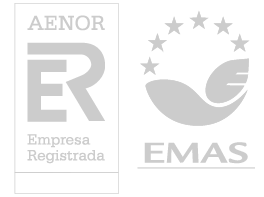TÉCNICAS AVANZADAS PARA EL MANTENIMIENTO PREDICTIVO DE MOTORES ELÉCTRICOS
- Desde: 27/10/20
- Hasta: 29/10/20
- Campus de Valencia
- Idioma: Castellano
- Online
Preinscripción desde el 15/9/20
Promovido por:
INSTITUTO TECNOLÓGICO DE LA ENERGÍA
Responsable de la actividad:
Jose Alfonso Antonino Daviu
Modalidad
| Presencial | Online | Emisión en directo |
|---|---|---|
|
0 horas |
0 horas |
18 horas* |
| Horario |
|---|
|
Online
|
| Lugar de impartición |
|---|
| The course will be taught online, via MICROSOFT TEAMS application |
Asistencia
ONLINE
2020-2021
0
Valencia
Presenciales
Online
| Precio | Colectivo |
|---|---|
| 550 € | Alumni UPV PLUS o AAA UPV |
| 550 € | Personal UPV |
| 550 € | Alumno UPV |
| 750 € | Público en general |
550,00 € - Alumno UPV
750,00 € - Público en general
550,00 € - Personal UPV





